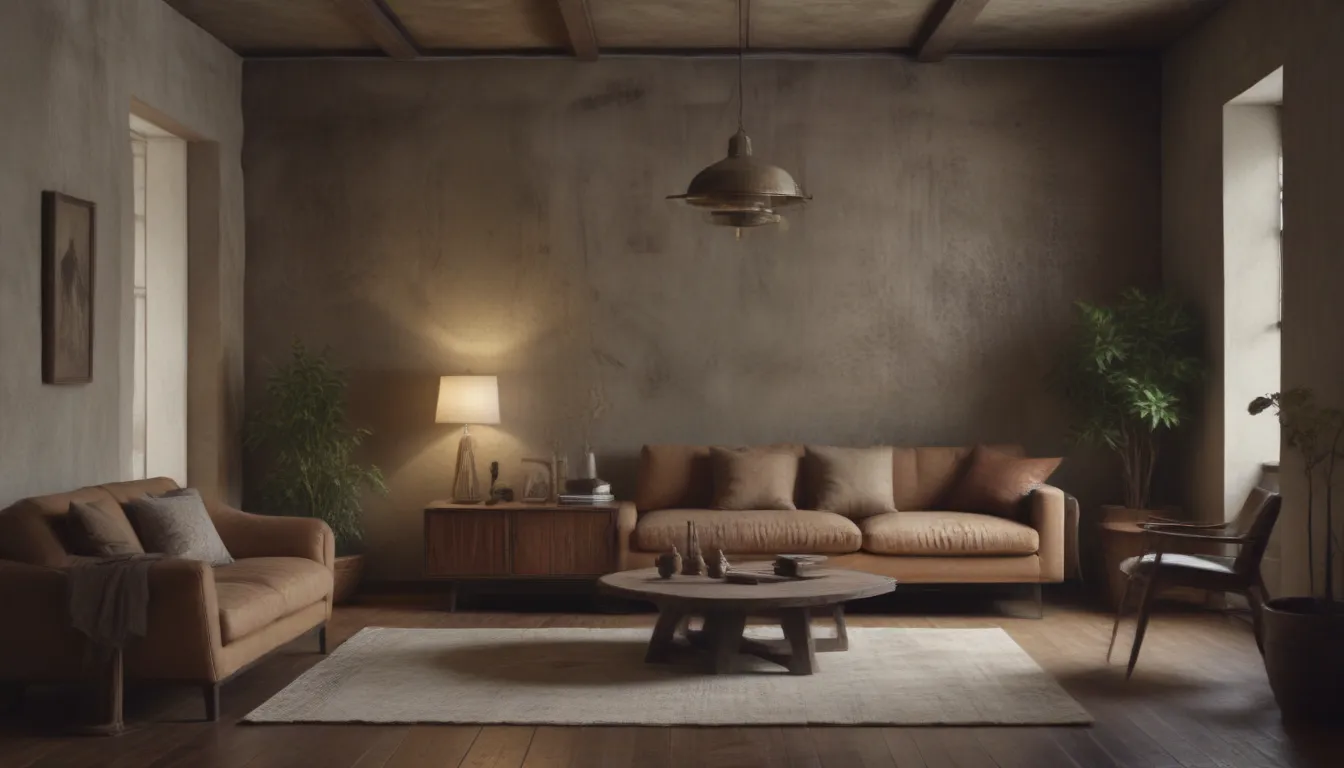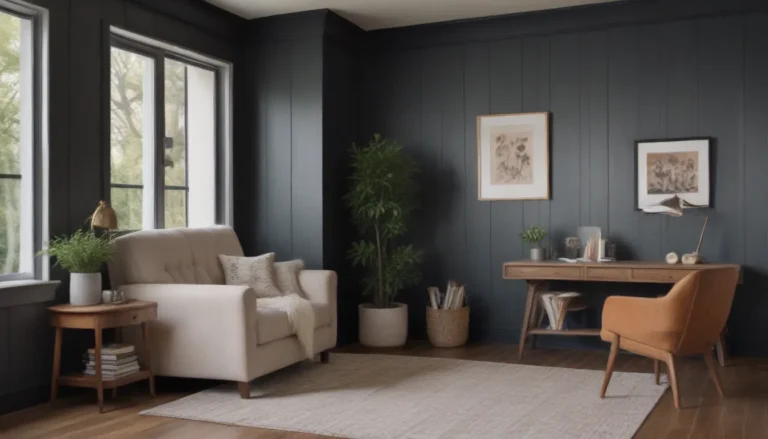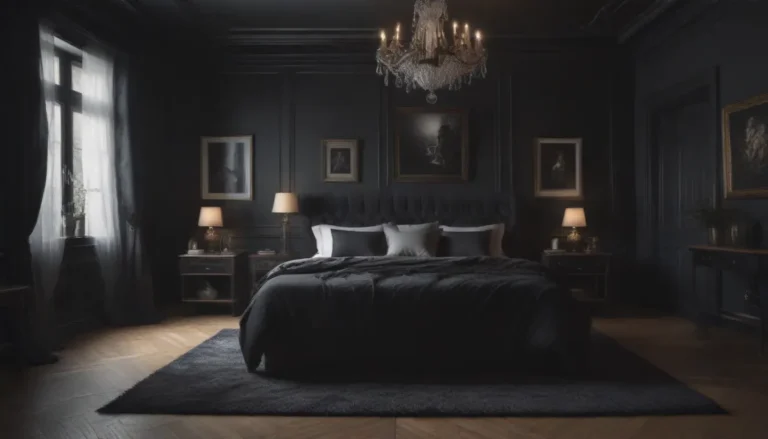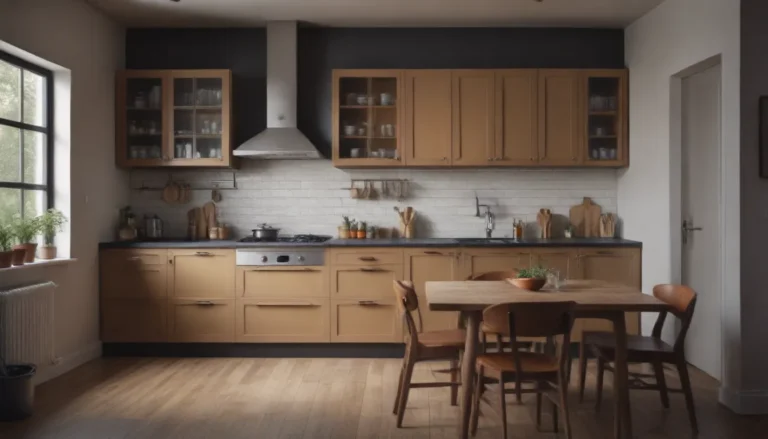The Beauty of Wabi-Sabi: Embracing Imperfection in Interior Design

Introduction
Have you ever heard of the Japanese concept of wabi-sabi? It’s more than just a trendy interior design style—it’s a way of thinking that can bring peace and authenticity into your home. In this article, we’ll delve into the intricacies of wabi-sabi and explore how you can incorporate it into your living space to create a tranquil and harmonious environment.
What Is Wabi-Sabi?
Wabi-sabi is a Japanese philosophy that finds beauty in imperfection and embraces the transient nature of existence. The term has its roots in the tea ceremonies of sixteenth-century Japan, where simplicity, humility, and a connection to nature were paramount. Wabi represents living in harmony with nature, while sabi celebrates the beauty of age and decay, accepting flaws as part of the natural cycle of life.
Key Characteristics of Wabi-Sabi Interior Design
When applying the principles of wabi-sabi to interior design, there are several key characteristics to keep in mind:
– Imperfection: Celebrate imperfection and asymmetry in your space.
– Simplicity: Keep your décor simple and clutter-free.
– Natural Elements: Incorporate plants, natural textures, and materials.
– Authenticity: Choose items that have meaning and evoke emotion.
Expert Insights on Wabi-Sabi
Let’s hear from experts who have mastered the art of wabi-sabi:
– Marie Kondo: “Wabi-sabi is grounded by a deep reverence for nature and its uncomplicated beauty.”
– Karin Sun: “Wabi-sabi rejects the idea of perfection and focuses on what’s natural and real.”
– Rowena Lei: “Choose quality pieces that withstand time and add depth and personality to your space.”
How to Embrace Wabi-Sabi at Home
Here are some practical tips on how to incorporate wabi-sabi into your living space:
– Be Intentional: Mindfully select items that reflect your values and lifestyle.
– Personal Touches: Display treasures that spark joy and celebrate authenticity.
– Add Natural Elements: Bring nature indoors with plants and organic textures.
– Let Items Age Gracefully: Embrace the beauty of natural wear and patina.
– Appreciate Imperfections: Value the uniqueness of imperfect items in your home.
Embracing Imperfection in Everyday Life
In addition to your home décor, you can also bring the spirit of wabi-sabi into your daily routines:
– Make Your Bed: Embrace imperfection while making your bed each day.
– Add Cozy Throw Pillows: Create a cozy and inviting atmosphere in your home.
– Consider Washed Linen: Opt for natural, relaxed fabrics that exude comfort.
– Romanticize Everyday Items: Find beauty in the small moments and routines of life.
The Beauty of Wabi-Sabi Design
Incorporating elements of wabi-sabi into your home can create a serene and authentic living space that reflects your values and personality. By embracing imperfection, simplicity, and a connection to nature, you can cultivate a sense of calm and contentment in your environment.
Wabi-Sabi Style vs. Japandi Style
While wabi-sabi and Japandi may share similarities in their minimalist approach, there are distinct differences between the two:
– Wabi-Sabi: Celebrates imperfection, simplicity, and authenticity.
– Japandi: Embraces modernism and perfectionism in design.
– Colors: Wabi-sabi uses earthy and neutral tones, while Japandi features muted colors.
In conclusion, incorporating the principles of wabi-sabi into your interior design can bring a sense of tranquility and harmony to your living space. By embracing imperfection, simplicity, and authenticity, you can create a home that reflects your values and promotes a sense of well-being. So why not infuse your space with the elusive beauty of wabi-sabi today?





